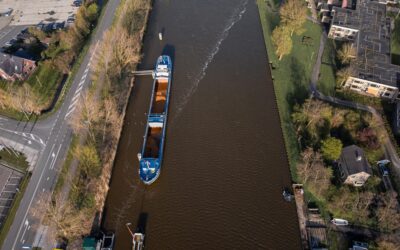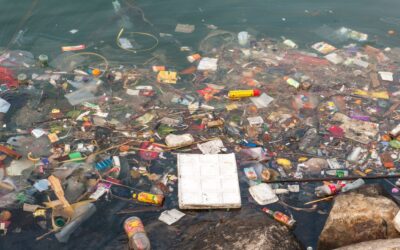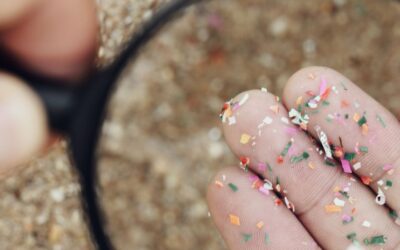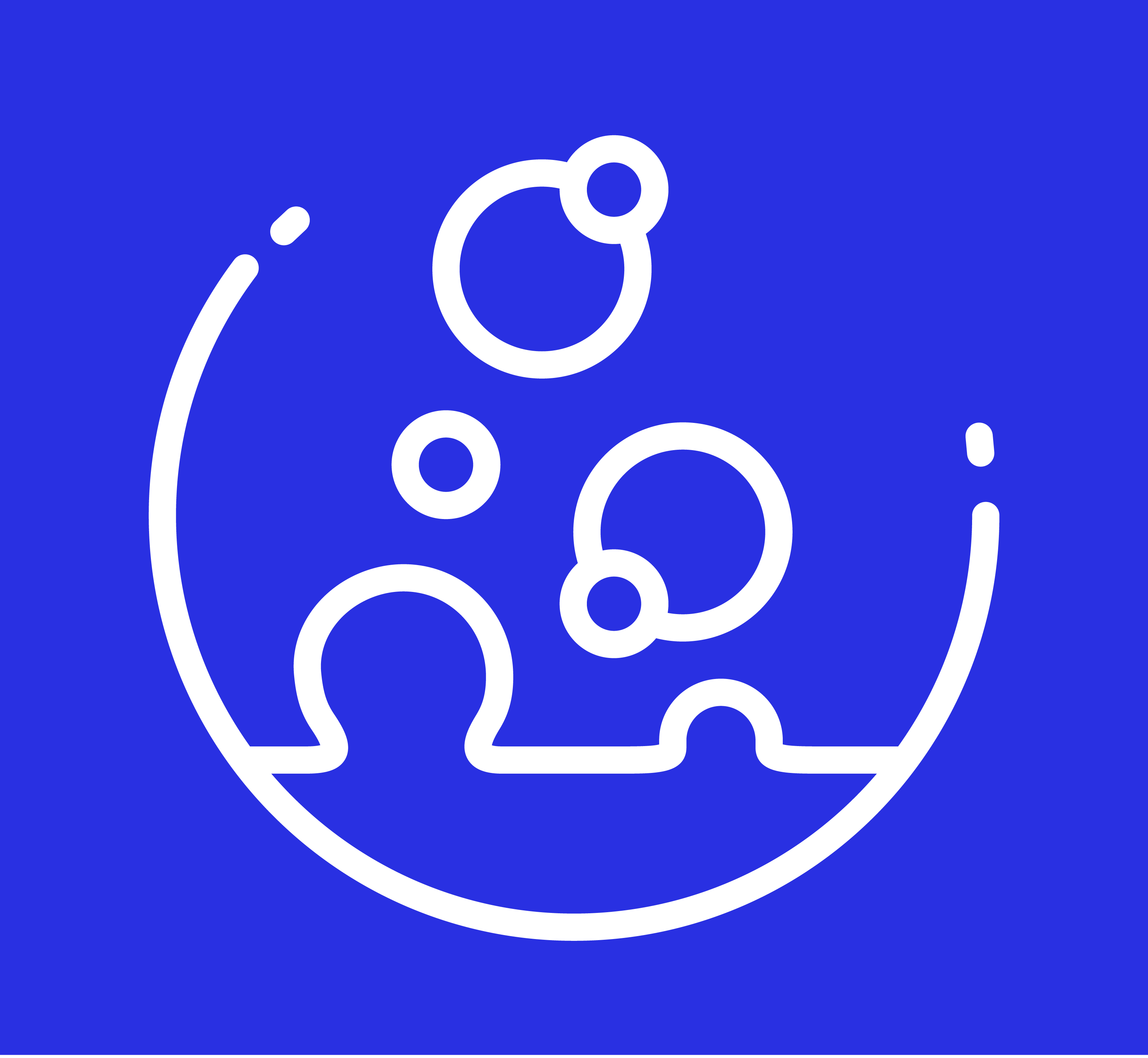In honour of International Women’s Day, we would like to introduce you to 6 women making an impact on our ocean by spearheading various initiatives to combat ocean-related problems. Learn more about their efforts in our latest blog post.
By Teagan Prawmanee Intaralib
The ocean is essential to all life, human or animal. It regulates climate and weather and provides food and homes for marine life. [1] However, climate change, pollution, and human activities are threatening the ocean’s health and endangering the balance of ecosystems. [2] Women play an important role in addressing these challenges and emerge as agents of change in ocean conservation, using their expertise and dedication to protect and restore it.
Dr. Sylvia Earle
Mission Blue & Daughters for Earth
Dr. Sylvia Earle is a renowned oceanographer, marine biologist, and an adamant advocate for ocean conservation and education.
Her career takes her around the world, from groundbreaking research to aquatic expeditions. She holds the record for the deepest ocean walk on the sea floor at an incredible depth of 381 meters. She also founded Mission Blue, a global coalition to raise public awareness and bring support for marine protected areas around the world.
Her recent roles include serving in an advisory circle for Daughters for Earth, a movement celebrating women’s efforts in safeguarding Mother Earth, and mobilising women-led climate solutions to protect and restore the Earth. To combat the marginalisation of women, Daughters for Earth is funding research-based initiatives that protect and restore nature, embrace regenerative agriculture, and promote the adaptation and use of renewable energy.


Image credit: Mission Blue (Left), The Nature Conservancy (Right)
Dr. Ayana Elizabeth Johnson
Urban Ocean Lab & The All We Can Save Project
Dr. Ayana Elizabeth Johnson is known for her work in environmental justice and policy. She’s a marine biologist, climate policy expert, writer, and co-founder of Urban Ocean Lab and The All We Can Save Project.
She co-edited the bestselling climate anthology book All We Can Save, showcasing writings about truth, courage, and solutions for the climate movement from 60 women.
In her recent TED talk, she offered an insight into finding joy in climate action by using a Venn diagram to map three questions: What are you good at? What is the work that needs to be done? And what brings you joy? At the intersection is where you should put your climate action efforts and urge people to focus on meaningful actions.


Image credit: Vogue (Left), TED (Right)
Rocky Sanchez Tirona
Coastal 500
Coastal 500, a non-profit launched by Rare, is a global network of local government leaders with commitments to support coastal communities.
With Sanchez Tirona’s leadership, they are working with 164 local authorities from 8 developing countries representing more than 1,6 million coastal community members to encourage healthy fishing communities along the coastlines.
The network provides a space for collaboration, policy discussion, and ideas sharing as well as resources and learning opportunities. The results have been incredible, ecosystems are recovering and the network is growing.
Her dedication to protecting coastal ecosystems and building community resilience against climate change is truly inspiring.


Image credit: The Earthshot Prize (Left), One Earth (Right)
Rose Huizenga
Coral Catch & Gili Shark Conservation
Healthy coral reef ecosystems are essential to marine biodiversity and the health of the ocean. [3] Rose Huizenga is the founder of Coral Catch and the co-founder of Gili Shark Conservation.
She’s doing amazing work in empowering women in marine conservation, especially in coral restoration. Coral Catch is working on creating a local network to protect and restore coral reefs across Indonesia and aiming to provide 100 scholarships in coral conservation for empowered Indonesian women by 2030.
By cultivating an inspiring environment and embracing women in conservation, these organisations focus on advocacy and women empowerment through education and providing opportunities for people to reconnect with the ocean.


Image credit: Rose Huizenga (Left), Scuba Diving Magazine (Right)
Anne Marieke Eveleens
The Great Bubble Barrier
This list would not be complete if we did not celebrate our female co-founders and their contribution to making The Great Bubble Barrier what it is today.
Through her love for sailing, Anne Marieke has seen the impact of plastic pollution in water firsthand. She’s determined to find solutions to stop riverine plastic close to its source without impeding ship traffic and marine life.
Together with her co-founders, Francis Zoet, Saskia Studer and Philip Ehrhorn, she has developed a solution to stop plastic debris in waterways using bubbles.
After completing her Master of Science in Neurobiology at the University of Amsterdam, Anne Marieke worked as a Corporate Responsibility & Sustainability Manager. Today she blends her love of science and business skills to lead The Great Bubble Barrier as our Chief Business Development (and Scientific) Officer.


Image credit: The Earthshot Prize (Left), The Great Bubble Barrier (Right)
Francis Zoet
The Great Bubble Barrier
Francis Zoet is the co-founder and Chief Operations Officer of The Great Bubble Barrier. She holds an M.Sc. in Sustainable Development – Energy and Materials from Utrecht University and has extensive experience working in circular economy.
Together with long-time friends, Anne Marieke Eveleens and Saskia Studer, they were discussing plastic pollution over a drink when the bubbles in their glasses sparked an idea. They joined forces with Philip Ehrhorn, who was also looking into the idea.
7 years later, the team has successfully implemented 3 long-term Bubble Barriers in Amsterdam (Netherlands), Katwijk (Netherlands) and Vila do Conde (Portugal).
As Chief Operations Officer, Francis has led multiple project implementations and is responsible for the operation of our existing Bubble Barrier systems, to ensure that they are efficient and effective.


Image credit: The Earthshot Prize (Left & Right)
Sources
[1] Ocean Conservation Trust, n.d., Why is the Ocean Important? available at https://oceanconservationtrust.org/ocean-advocacy/think-ocean/why-is-the-ocean-important/
[2] National Geographic, n.d., Ocean Threats, available at https://www.nationalgeographic.com/environment/article/ocean-threats[3] National Oceanic and Atmospheric Administration, 2019, Coral reef ecosystems, available at https://www.noaa.gov/education/resource-collections/marine-life/coral-reef-ecosystems
[3] National Oceanic and Atmospheric Administration, 2019, Coral reef ecosystems, available at https://www.noaa.gov/education/resource-collections/marine-life/coral-reef-ecosystems




